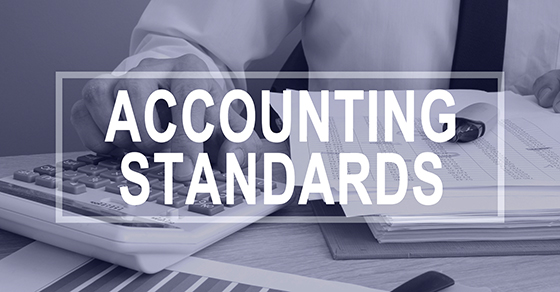
Every financial transaction your company records generates nonfinancial data that doesn’t have a dollar value assigned to it. Though auditors may spend most of their time analyzing financial records, nonfinancial data can also help them analyze your business from multiple angles.
Gathering audit evidence
The purpose of an audit is to determine whether your financial statements are “fairly presented in all material respects, compliant with Generally Accepted Accounting Principles (GAAP) and free from material misstatement.” To thoroughly assess these issues, auditors need to expand their procedures beyond the line items recorded in your company’s financial statements.
Nonfinancial information helps auditors understand your business and how it operates. During planning, inquiry, analytics and testing procedures, auditors will be on the lookout for inconsistencies between financial and nonfinancial measures. This information also helps auditors test the accuracy and reasonableness of the amounts recorded on your financial statements.
Looking beyond the numbers
A good starting point is a tour of your facilities to observe how and where the company spends its money. The number of machines operating, the amount of inventory in the warehouse, the number of employees and even the overall morale of your staff can help bring to life the amounts shown in your company’s financial statements.
Auditors also may ask questions during fieldwork to help determine the reasonableness of financial measures. For instance, they may ask you for detailed information about a key vendor when analyzing accounts payable. This might include the vendor’s ownership structure, its location, copies of email communications between company personnel and vendor reps, and the name of the person who selected the vendor. Such information can give the auditor insight into the size of the relationship and whether the timing and magnitude of vendor payments appear accurate and appropriate.
Your auditor may even look outside your company for nonfinancial data. Many websites allow customers and employees to submit reviews of the company. These reviews can provide valuable insight regarding the company’s inner workings. If the reviews uncover consistent themes — such as an unwillingness to honor product guarantees or allegations of illegal business practices — it may signal deep-seated problems that require further analysis.
Facilitating the audit process
Auditors typically ask lots of questions and request specific documentation to test the accuracy and integrity of a company’s financial records. While these procedures may seem probing or superfluous, analyzing nonfinancial data is critical to issuing a nonqualified audit opinion. Let’s work together to get it right!
© 2019










